How to plant a tree
There are so many benefits to expanding urban forest cover. Here's how you can make your own contribution.
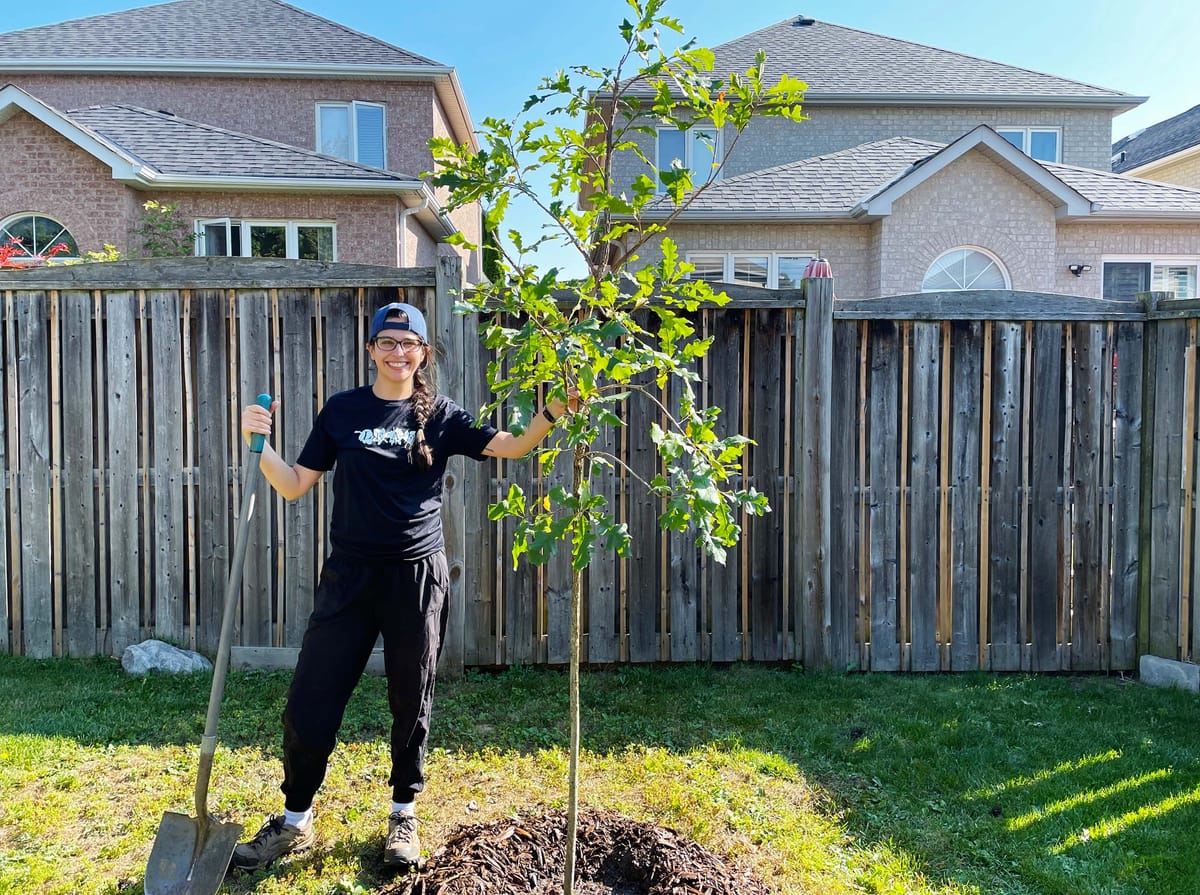
Trees and shrubs are magical things. They provide sustenance and shelter to birds, mammals and invertebrates, all while using photosynthesis to create their own food almost literally out of thin air. And they play a vital role in the planet’s carbon cycle, sequestering carbon in their bodies and the soil as they release oxygen back into the atmosphere.
When it comes to human communities, their role becomes even more complex—and essential. They offer privacy and shade, filter pollution from the air, reduce surrounding temperatures and help to block sound, says Janet McKay, founder and executive director of Toronto nonprofit LEAF. Trees and shrubs also support climate resilience. They play a key role in stormwater management, slowing rainfall’s movement from the air into storm drains and waterways. Plus, she says, they’re beautiful.
We need more trees and shrubs in our cities and towns, not just to increase canopy cover but to replace those we are losing. And since more than half of urban land is privately owned, it’s not just up to municipalities to make this happen. Homeowners and anyone else with access to land can – and should – contribute to growing and being stewards of the urban forest.
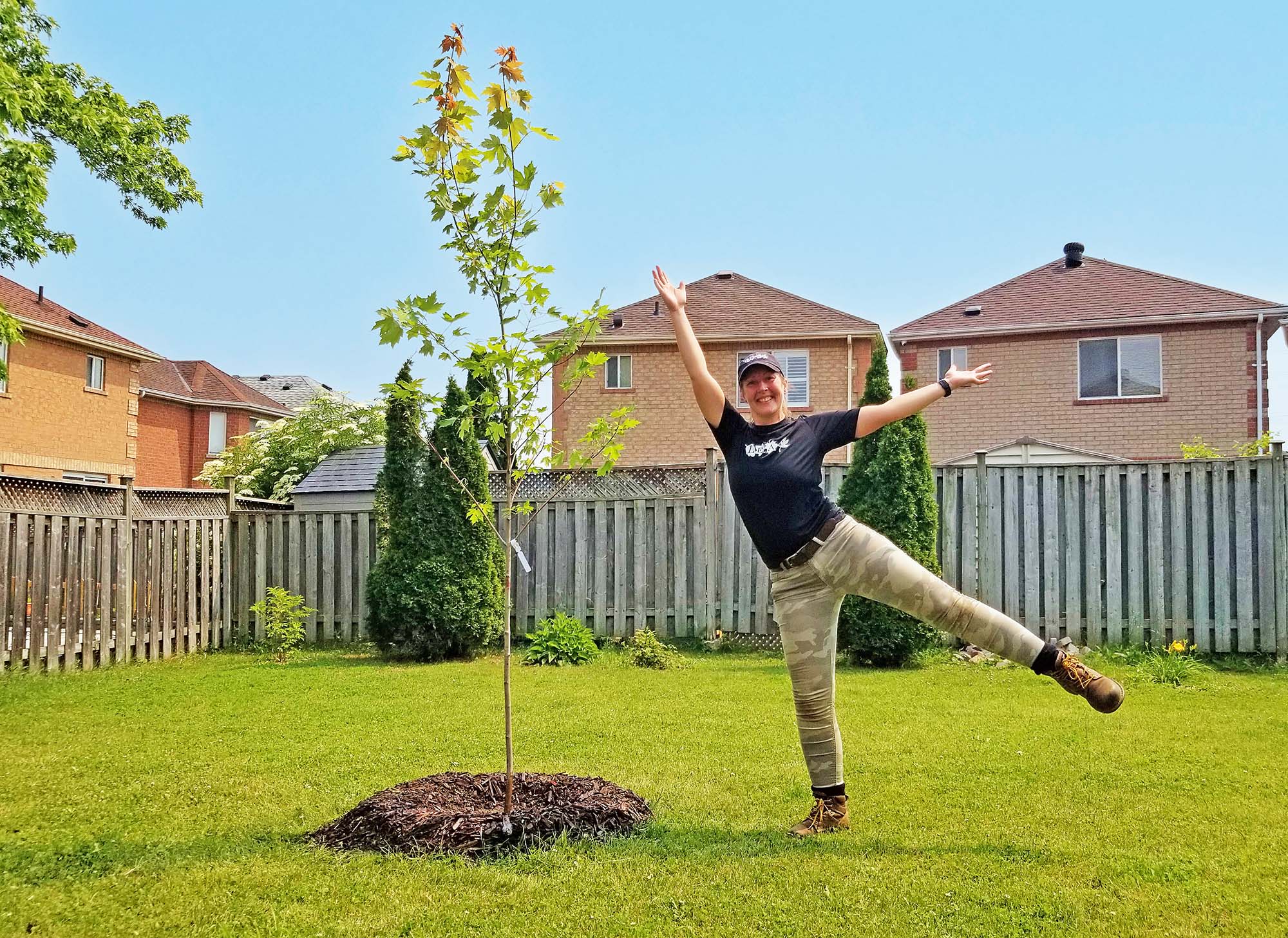
Getting started: Consider location, location, location
Trees can be tough, but they’re not invincible. That’s why timing your planting is key. The cooler (but not frozen) temperatures of spring and fall are ideal, McKay says, as “the trees are able to recover more easily from the shock of transplanting.” The best windows are when the ground is not frozen but the trees have no leaves, which in autumn means after the leaves fall but before winter sets in. The exact dates, of course, depend on local conditions.
Possibly the most important consideration when it comes to planting is putting the right tree in the right space, says Lorien Nesbitt, assistant professor of urban forestry and environmental justice at the University of British Columbia. That means the first step – and an essential one – is research. Make sure you choose a site and species that won’t conflict with infrastructure like power lines as it grows, she says. If you live in a region where wildfires are a risk, also look into local fire-smart landscaping recommendations, like avoiding highly flammable conifers and keeping plants away from buildings.
LEAF often suggests planting in backyards over front yards as they tend to have fewer conflicts, better protection and more soil volume, says McKay. She recommends staying away from property lines to avoid issues with neighbours. When selecting a planting site, think about how the tree or shrub will grow and how you might want to use the surrounding space in the future. “Longer-term considerations are really important,” she says. “It’s amazing how fast trees can grow.”
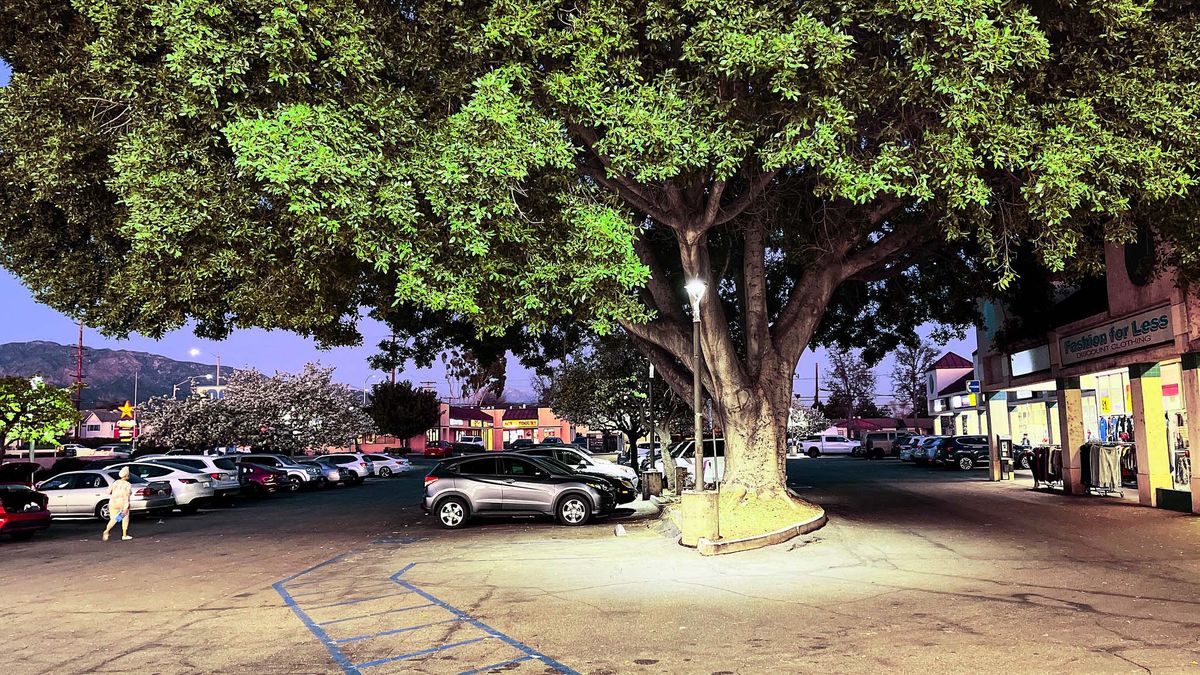
The next step: Finding your best options
Choice of site leads into choice of species. How big do you want the tree or shrub to get, and how quickly? What kind of soil, sun exposure and moisture does your site have? “It's better to plant something that’s going to like the conditions that you have,” says McKay. “Trying to change the conditions in your yard to suit something you like the look of is usually a losing battle.” The bioregion you live in is a factor, too, which is why Nesbitt suggests finding help in this process from resources in your area such as garden centres, botanical gardens or municipal programs.
Once you have a shortlist of species that fit your space functionally, you can get into preferences, whether that means prioritizing spring blossoms, fall colour, biodiversity benefits or creating a source of food. LEAF only plants native species as they support the most wildlife; for the Toronto area, McKay suggests options like sugar maple for its “brilliant red-orange colour” in the autumn, bur oak for its large canopy and ability to offer food and habitat to wildlife, or serviceberry (aka Saskatoon berry) for its “lovely white flowers” and edible fruit. “They’re quite hardy and small-growing and can do well in shade or sun,” she says.
On the west coast of Canada, Nesbitt is a fan of the western redcedar because of its cultural significance to local Indigenous peoples and the fact that it’s under threat. (Keep in mind it needs lots of water.) She also values non-native species as part of urban forests, especially in places and cases when they are hardier, or have significance to local communities. Many flowering cherries and other Prunus species, for instance, have been brought to our lands from elsewhere. “But they’re aesthetically very pleasing,” she says, “and they’re a really important part of the cultural landscape of Vancouver.”
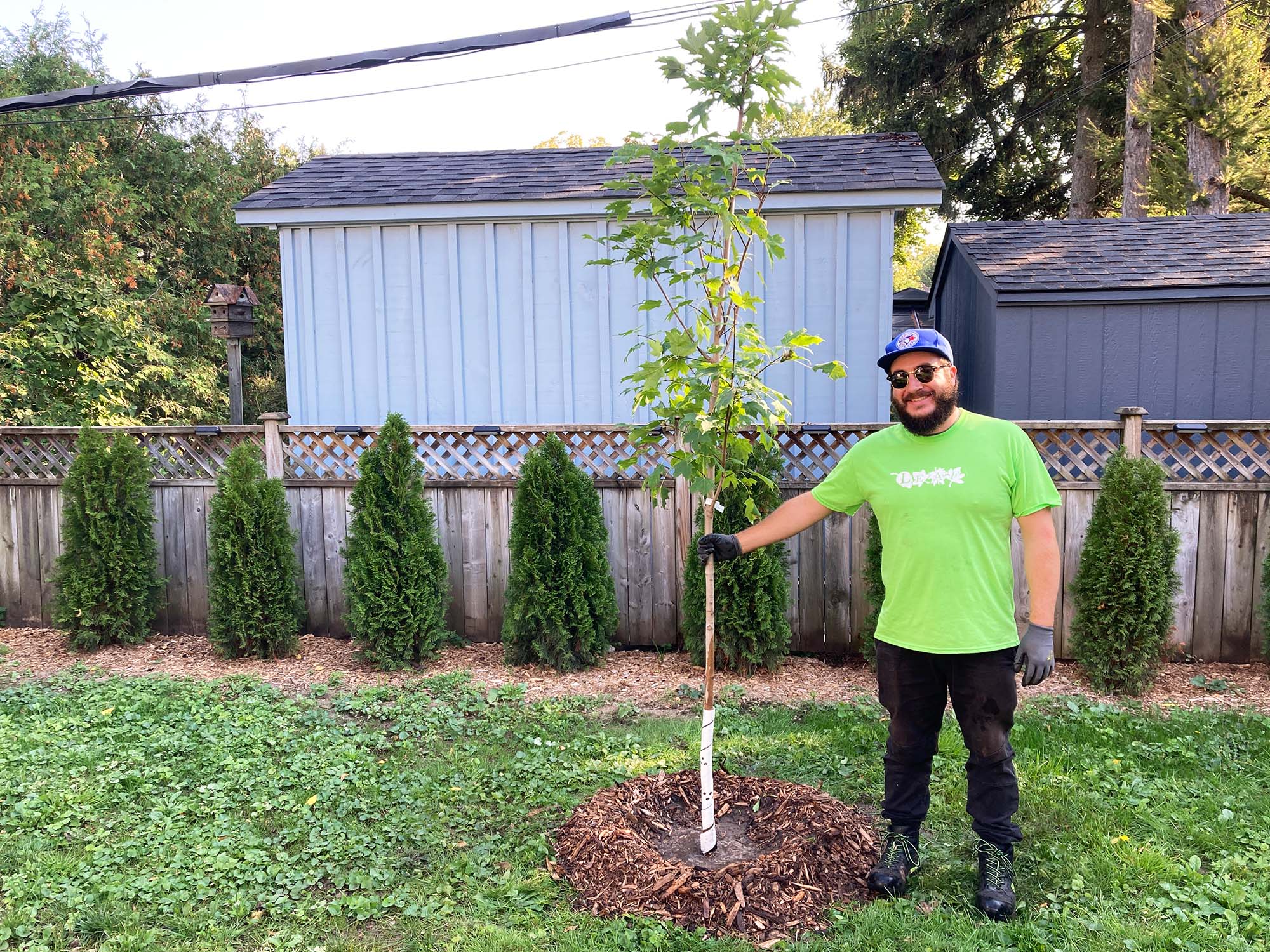
Finally: It’s time to get digging
On planting day, McKay recommends the following. Get ready with your potted tree or shrub as well as a shovel, a tarp and wood chips or other organic mulch. Dig a hole the same depth as the pot but with twice the diameter, transferring the soil and any sod to the tarp. If your soil is heavy clay, you can amend it with 15 to 20 percent compost.
Carefully remove the sapling from the pot, even if it’s made of peat; if the roots are matted, loosen them to allow outward growth. Place your tree in the centre of the hole and view it from multiple angles, ensuring it’s straight. Then fill the hole back in, being careful not to hit the trunk with your shovel. “I usually use my hands to backfill once I've crumbled up the dirt,” McKay says. With each layer, gently tamp it down, removing large air pockets. Aim for the top of the soil to be even with the root flare, where the roots meet the stem.
If you have leftover sod, you can turn it upside down and use it to outline the edge of your hole, creating a well to help collect water. Then add mulch in a sort of doughnut shape. Avoid the dreaded volcano look, with soil or mulch against the trunk; it can kill your tree. Finally, water – not too little, but not too much. A slow trickle is ideal, to allow it to absorb. Continue to water roughly weekly (except when the ground is frozen) for the next two to three years, using your finger to ensure the soil isn’t too wet. Replace mulch as it decays – it mimics the natural decomposition in a forest – and do some corrective pruning at the year three or four mark, to avoid problems down the road.
This might all sound like a lot of work, but it’s not much to ask when you consider everything that trees give back to us: not just so-called ecosystem services, but the ability to connect with nature in the heart of our densest urban areas. “There’s something really positive about being able to care for something over time,” Nesbitt says. “The stewardship of urban nature provides opportunities for social connection, community building and social resilience in the face of climate change. And being near trees gives us a sense of who we are as humans.”







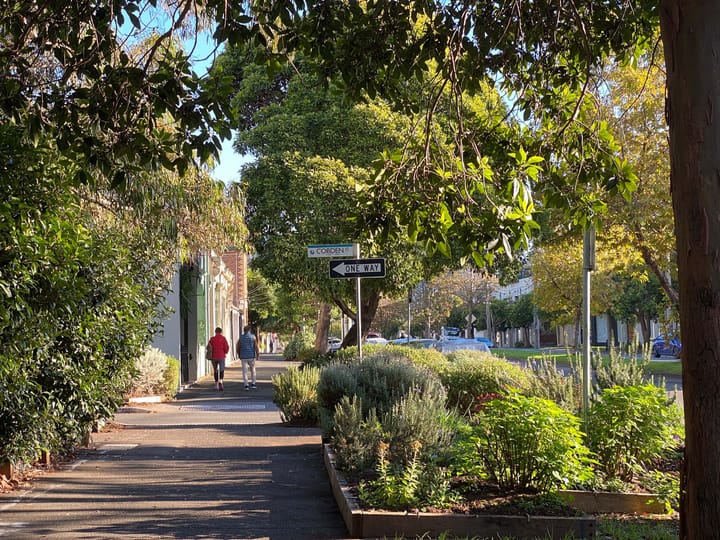

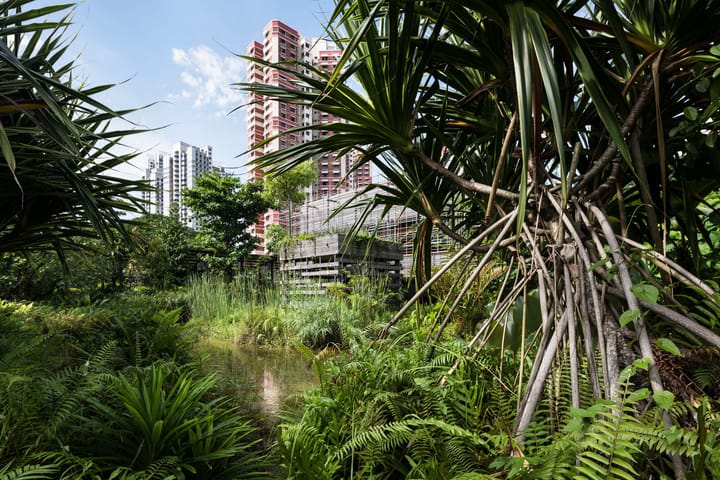
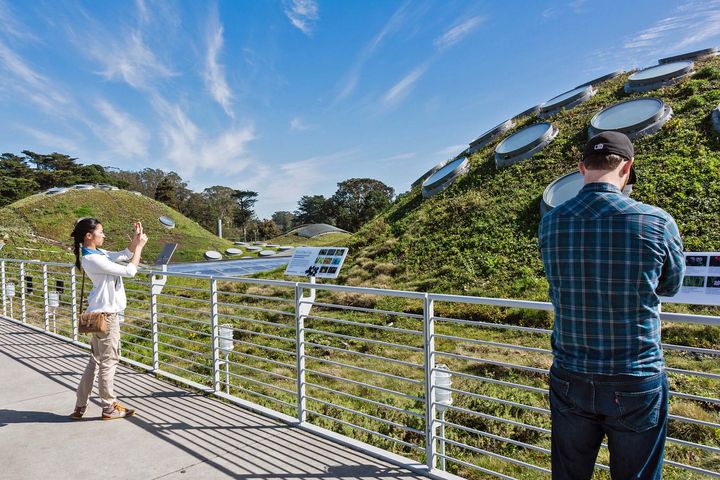
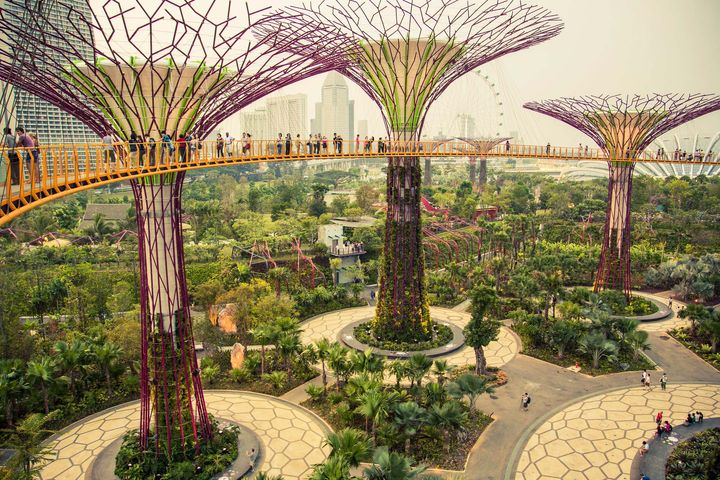
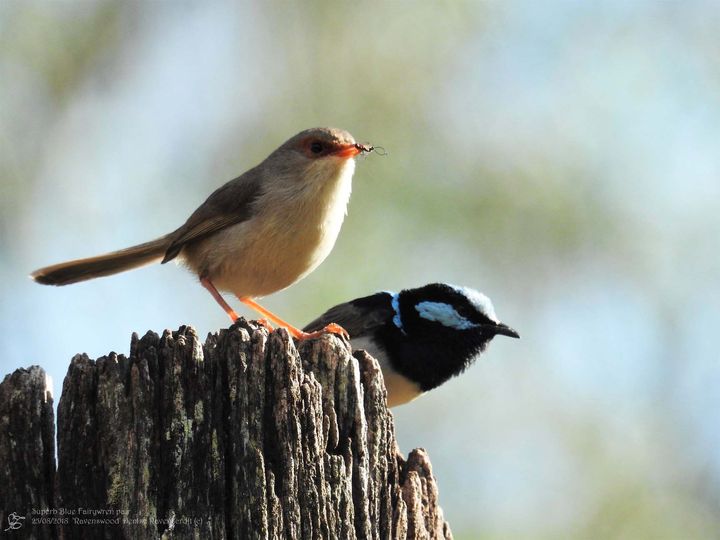
Comments ()